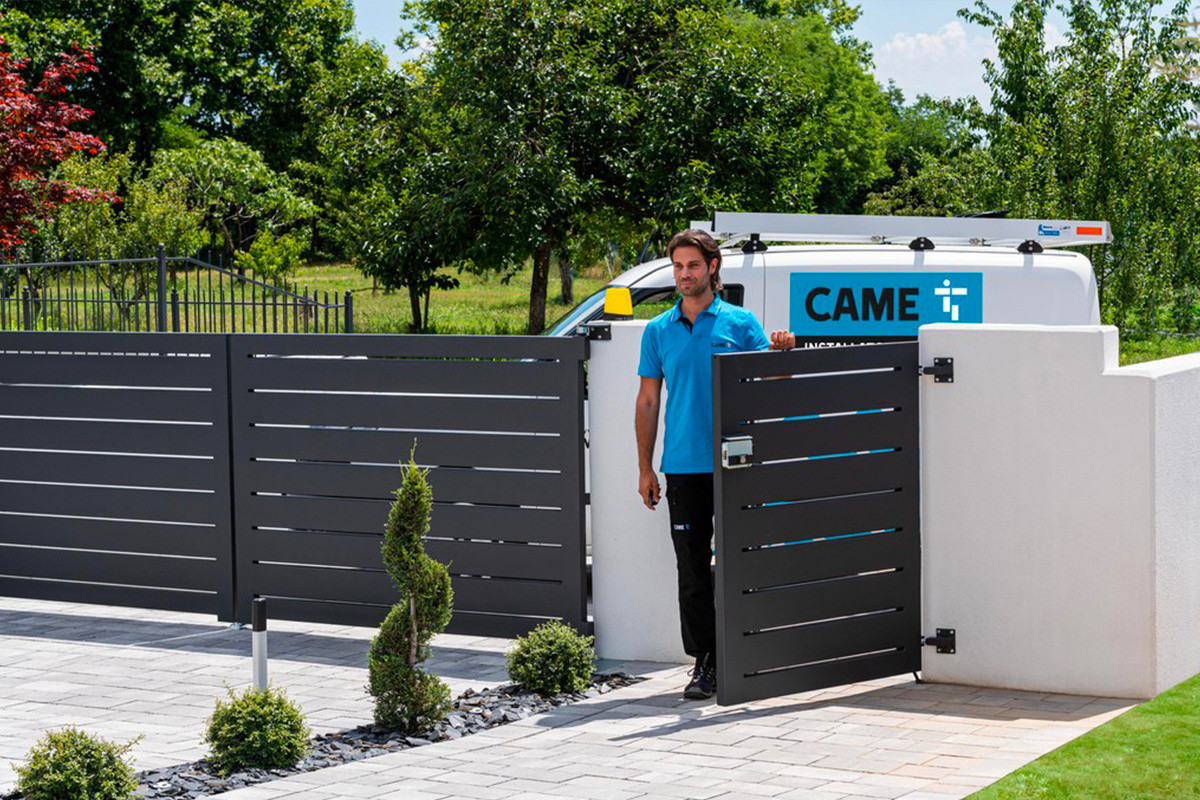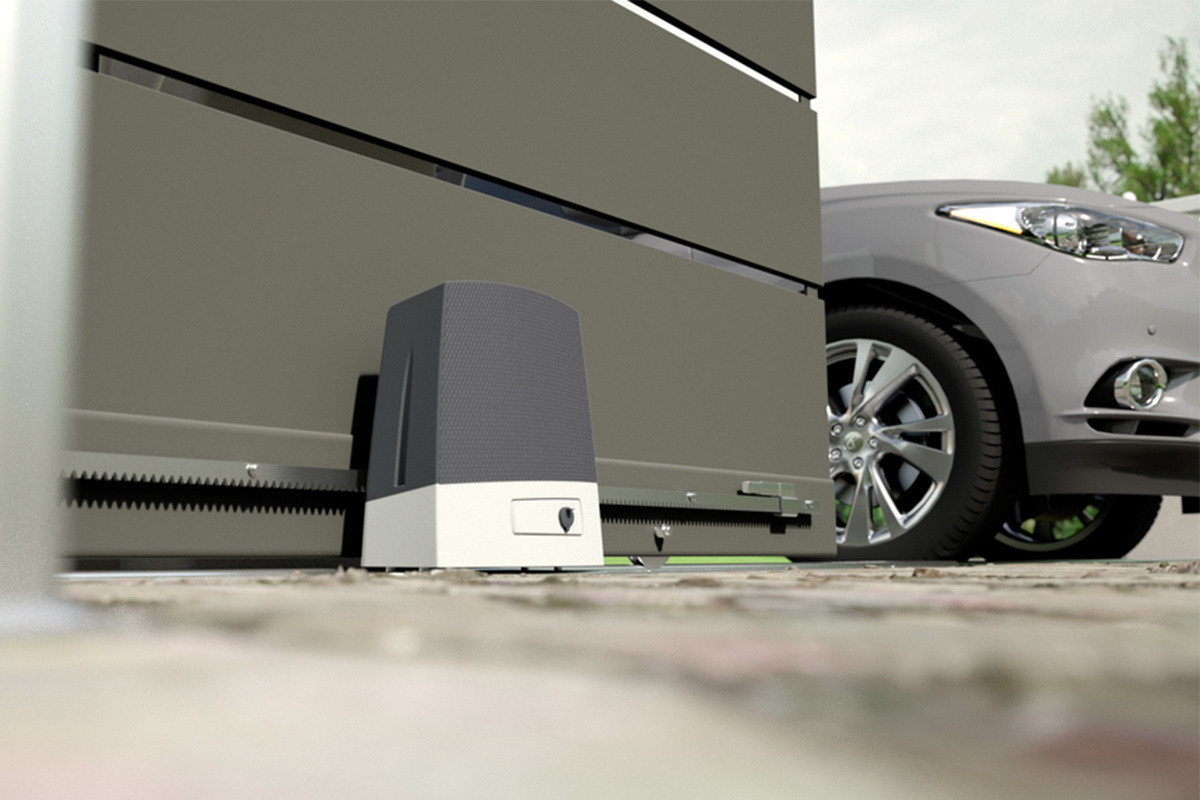There are specific regulations for automatic doors and gates: their goal is to ensure the safe use and operation of doors and gates regardless of the type of place where you decide to install them, from apartment blocks to companies, from shopping centres to barracks.
Manufacturers and installers of gates must check the minimum safety equipment (e.g. check safety fringes, take impact tests, add passive safety devices) to protect people and property from damage. To certify this, they must produce a series of documents that will be collected in a technical file.
Let's dive into this topic by talking about the following aspects:
> Automatic doors and gates regulations
> Who is the manufacturer of the automatic gate, and what are his responsibilities
> Documents for a standard gate
Automatic gates safety regulations: what guidelines must they comply with?
The European Union Commission has ruled that all motorised locks (such as doors and gates) must be considered machinery and must, therefore, refer to Directive 2006/42/EC, often identified as the "Machinery Directive".
Here are the other reference standards for automatic doors and gates:
• Construction Products Regulation – EU Regulation 305/2011
• Standard UNI EN 13241 (current 2016 version) – Industrial, commercial, and garage doors and gates – (Product standard, performance characteristics)
• Standard UNI EN 12604 (current 2021 version) – Industrial, commercial, and garage doors and gates – (Mechanical aspects – Requirements and test methods)
• Standard UNI EN 12453 (current 2023 version) – Industrial, commercial, and garage doors and gates – (Safety in use of motorised doors – Requirements and test methods)

Gate safety legislation: the responsibility of the manufacturer/installer
A person who substantially modifies a closure by changing its characteristics or the safety measures taken by the original manufacturer is also considered a manufacturer.
Consequently, the Machinery Directive stipulates that the installer, who automates a gate or door, takes the role of a machine manufacturer and is required to perform several operations:
- prepare the technical file;
- draw up the EC declaration of conformity;
- affix the marking to the motorised closure;
- deliver the documentation to the customer/client.
Furthermore, after completing the declaration of conformity, the manufacturer must affix the "CE" marking to the automatic gate and place it where it is visible, legible, and indelible.
Please note that, according to the law, the person responsible for the safety of the automated lock is the one who puts it into service.

According to the EU regulations, what documents must an automatic door or gate have?
According to the Machinery Directive, an automatic gate must be accompanied by a set of documents certifying its compliance with the required standards.
The technical file of a standard automatic gate includes the following documents:
- Risk Analysis
- Mechanical Design
- Electrical Design
- List of Components
- Technical Manuals
- EC Certificates of Conformity for Components
- EC Declaration of Conformity
- Test Report
- Impact Test Report (when required)
Moreover, the manufacturer must give the end user copies of three documents:
- EC Declaration of Conformity
- User and maintenance manual
- Maintenance log and warnings
Are you an installer interested in learning more about automatic doors and gates regulations?




